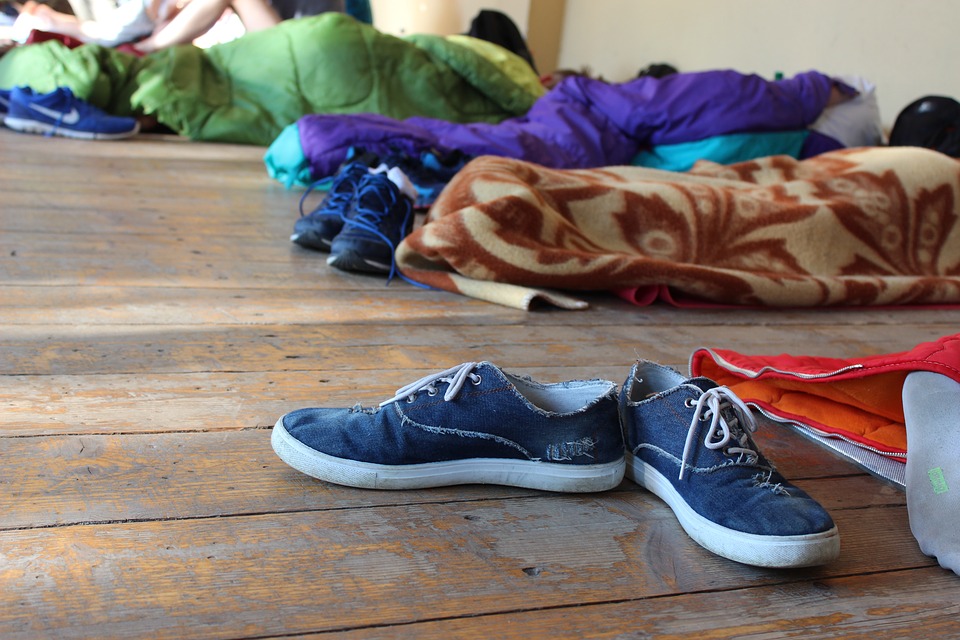Purchasing quality camping and hiking gear can be expensive, especially if you’re looking for name brand equipment. To cut down on additional costs while making sure that everything stays in good condition, it’s important to properly care for your items after a trip in the great outdoors. Living in an Airstream means that we have to keep some of our camping and backpacking gear in storage to cut down on clutter. To protect our investment in our pricey gear, we’ve gotten expert storage tips from our friends at Imperial NYC storage facility (http://www.imperialselfstorage.com/). To keep your supplies in tip-top shape, here’s their advice for cleaning and storing camping gear.
Clean and Store Tents
Whether you’ve been camping for a few days or several weeks, it’s important to clean your tent after each use. To start, shake your tent free of any debris before heading home and be sure to roll it loosely if the weather conditions make it impossible for it to dry thoroughly. Since it only takes a mere 24-hours for mildew to begin developing, make sure that you unpack your tent as soon as you arrive home. Hose off any remaining debris and hand wash stubborn stains with a sponge before letting the tent dry out naturally. Then, after it’s completely dry, fold the tent to approximately the same length as the poles and roll with the stakes and poles inside. It’s also best to check that all stakes are safely placed into their bag to prevent damaging the tent. Finally, store your tent in a cool, dry place away from any direct sunlight for safe keeping until your next big adventure. If you don’t have space in your home for storing your gear, you may want to consider renting a cheap climate-controlled storage unit.

Empty and Hang Backpacks
A backpack is an essential tool when camping and keeping it clean can increase its long-term use throughout the years. Before embarking on a trip, protect the interior of the bag by putting any food, liquid, or wet clothing in sealed containers before storing in the backpack. After you’ve arrived home, empty out the entire bag and check each pocket for debris, food, or trash (that leftover meal kit camp food won’t taste so good in a few months!). Then, make sure to check the care label to see what the backpack’s washing instructions entail, as some can be safely machine washed and others must be washed by hand. Be sure to wash according to the instructions and then hang upside down to dry out naturally. Never tumble dry your backpack as the heat can damage and weaken the seams and strip away any waterproofing element. You can then apply a re-proofer when the bag is dry to make it easier to keep clean in the future. Hang in a dry closet or from a hook in your storage unit until your next journey.

Wash and Roll Sleeping Bags
Preventative care is crucial when using sleeping bags over and over again. To keep your bags in good condition, use a bag liner to reduce the amount of debris left in the bag (liners are easier to wash and even cheaper to replace). A ground pad can also keep a sleeping bag clean and prevent damage from dirt, soil, or water that can be soaked up from the ground. While you’re camping, try to air the bag outside during the day if the weather permits. When you arrive home, be sure to shake out all debris and wash by hand using a mild soap, soft brush, and lukewarm water. This can prevent any damage to the material or the zipper. Then, open the bag fully and air dry on a clothesline before placing into storage. You can also turn the bag inside out if the shell is waterproofed, which can allow more airflow through the bad and can keep it smelling fresh. Sleeping bags are best stored unrolled and hanging to keep air circulating through it. If placing in storage unit, you might want to hang inside of a wardrobe box to protect the bags from moths.

